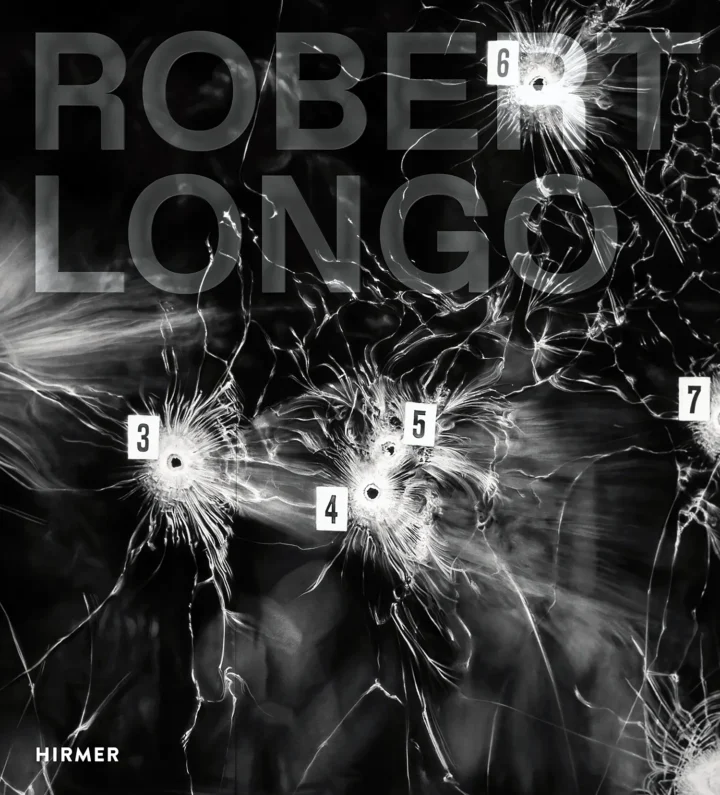Hildegard Knef was one of the most famous and versatile German artists of the 20th century. She was an actress, singer, author and director who enjoyed success in various genres and countries. However, it was not only her artistic achievements, but also her personal style that made her an icon of the post-war era.
Hildegard Knef was born in Berlin in 1925. She showed an interest in acting at an early age and attended an acting school. After the end of World War II, the American film producer David O. Selznick offered her a contract for Hollywood due to the international success of the film “Die Mörder sind unter uns”.
But Knef was not only beautiful, but also courageous and self-confident. She caused a scandal when she performed a short nude scene in the film “Die Sünderin” (1951), which was considered offensive at the time. She was heavily criticized by the Catholic Church and the press. She also liked to wear pantsuits, which were considered unfeminine at the time, and often showed herself with a cigarette and hat. She was a modern woman who did not submit to conventions.
In the 1950s, Knef began her international career. She made films in France, Italy, England and the USA. She worked with famous directors. She starred in comedies, dramas, musicals and thrillers. She adapted to the different roles and changed her look depending on the movie. She sometimes wore long dresses with plunging necklines, sometimes short skirts with blouses, sometimes hats with feathers or flowers. She experimented with different hairstyles and colors. She was a chameleon woman who always surprised.
Alongside her film career, Knef also launched a successful singing career. She sang in German as well as in English and French. She had hits such as “Für mich soll’s rote Rosen regnen,” “Ich hab noch einen Koffer in Berlin,” and “La vie en rose.” She appeared in theaters and television shows. She often wore glittering dresses or suits with sequins or feathers. She was a glamorous diva who thrilled audiences.
In the 1960s, Knef returned to Germany and devoted herself primarily to writing. She published several autobiographical books such as “Der geschenkte Gaul” (1970) and “Das Urteil” (1975), which became bestsellers. She wrote openly and honestly about her life, her successes and defeats, her love and her cancer. She became a literary voice of her generation.
During this time, her fashion style also changed. She renounced extravagant outfits and preferred to wear simple clothes in muted colors like black or gray. Hildegard Knef died in Berlin in 2002 at the age of 76. She left behind a rich artistic legacy and an unmistakable style. She was a woman who reinvented herself again and again, always remaining authentic. She was a style icon of the post-war period.


